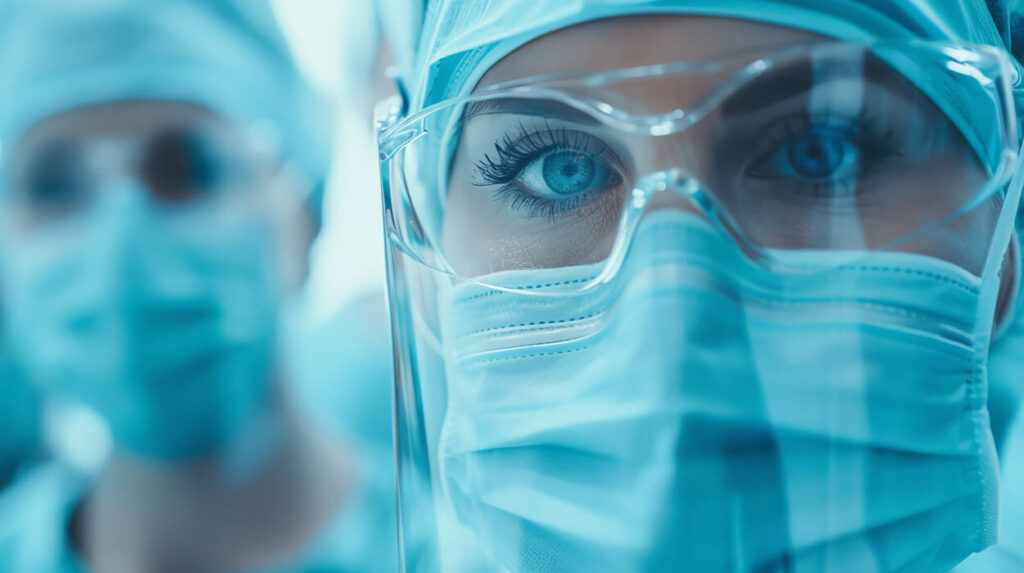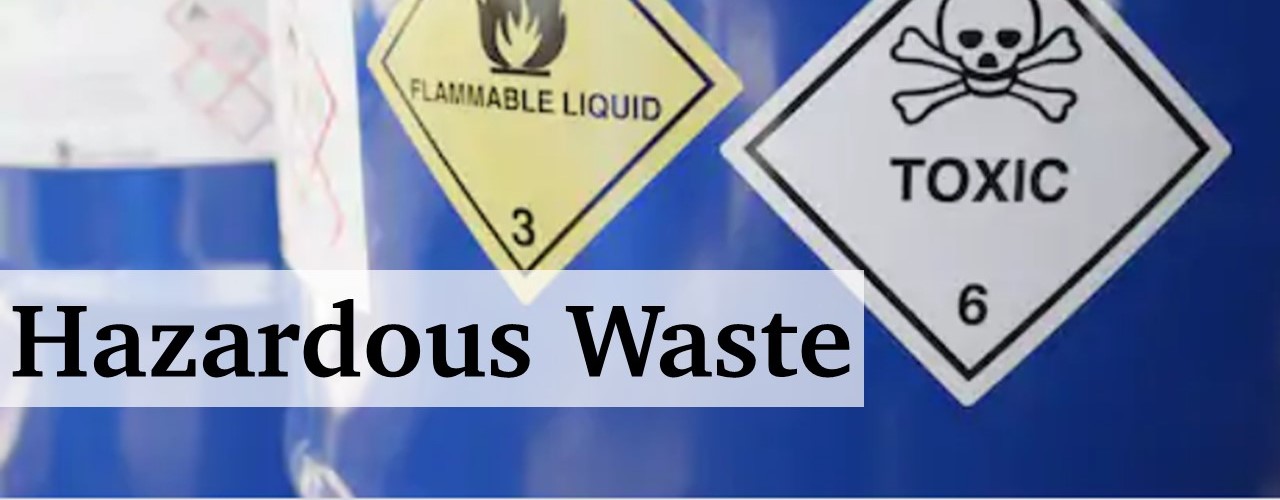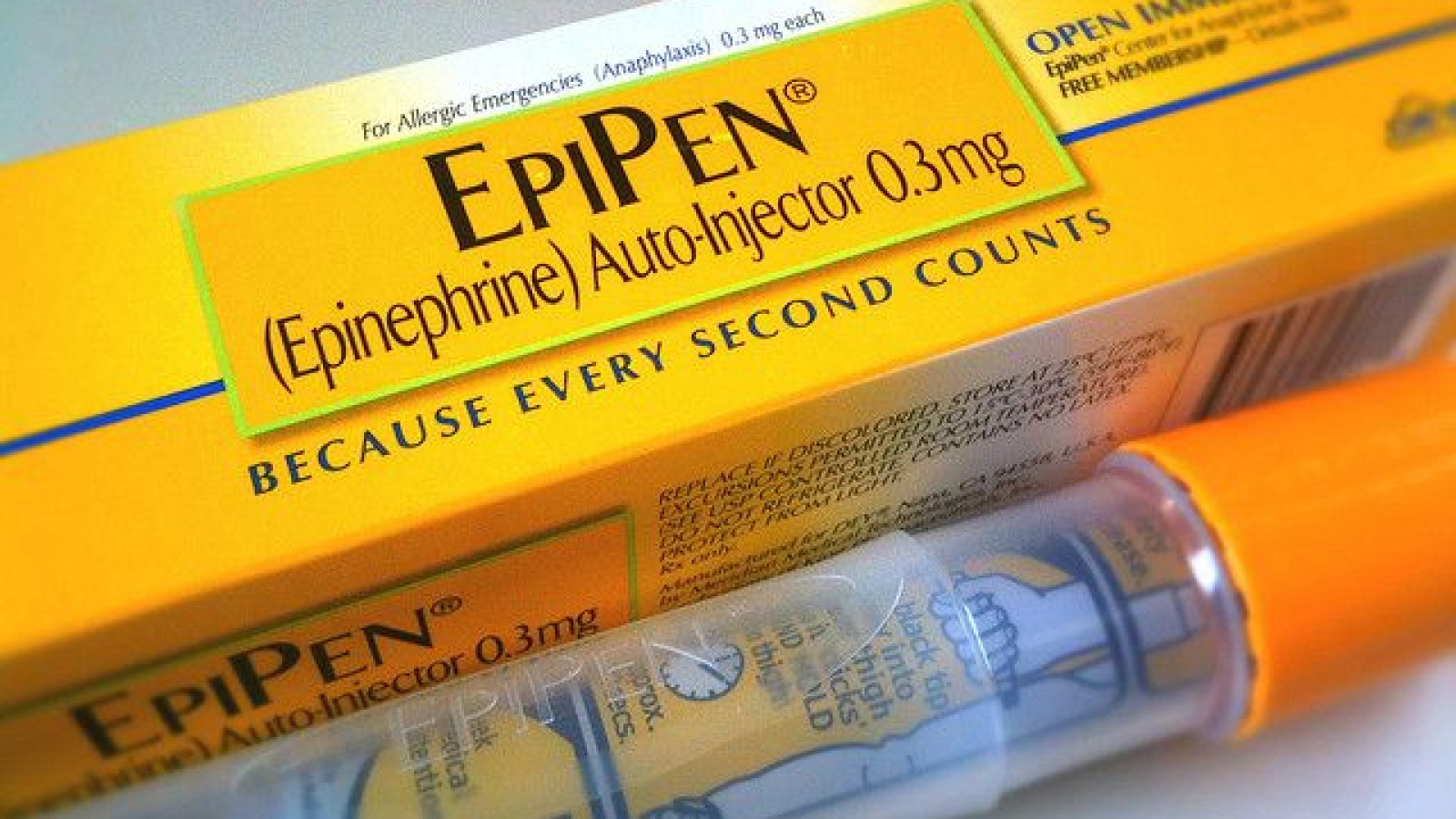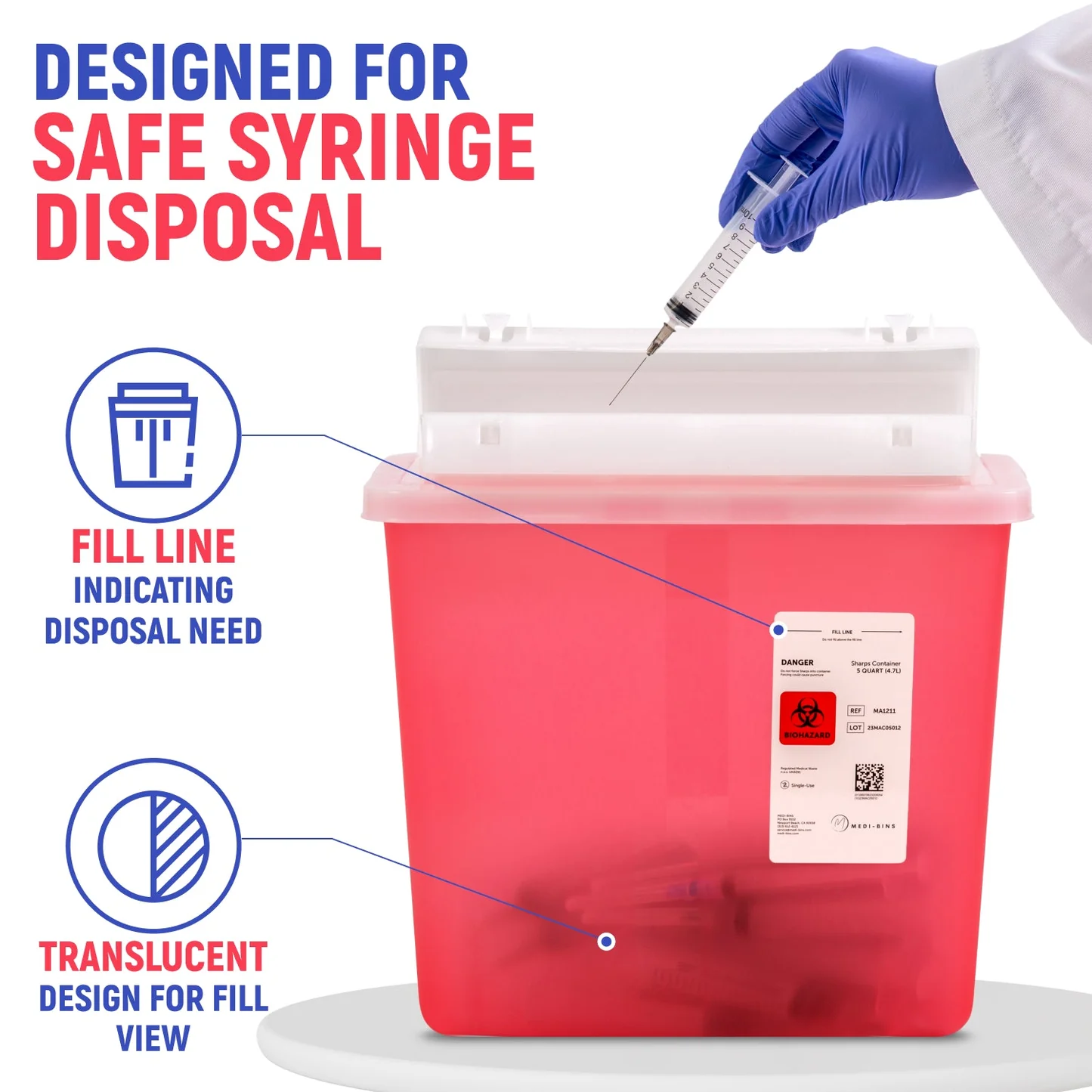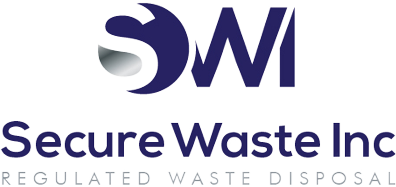Why Proper Sharps Medical Waste Management Is Critical for Infection Control
Unlike general biomedical waste, Sharps such as needles, scalpels, lancets, and contaminated broken glass pose significant infection risks because they can puncture skin, breach standard waste bags, and retain bloodborne pathogens even after minimal exposure. Their rigid, high-risk nature sets them apart from softer infectious waste, making them a direct threat to healthcare workers and patients. As a result, managing sharps requires specialized containers, strict segregation protocols, trained handling, and dedicated disposal pathways.
Understanding these distinctions is essential for healthcare facilities aiming to maintain a safe clinical environment. This guide will explore the familiar sources of sharps waste, the heightened risks associated with improper disposal, and the critical role that robust sharps management practices play in comprehensive infection control.
Summary Of The Blog Proper management of sharps medical waste is essential for effective infection control. Sharps such as needles, scalpels, lancets, and contaminated glass carry high risks because they can puncture skin and transmit bloodborne pathogens like HBV, HCV, and HIV. Identifying familiar sources, understanding the dangers of improper disposal, and partnering with certified waste management providers further ensure safe, compliant collection, transport, and disposal. |

What Are the Primary Sources of Sharps in Healthcare Facilities?
The term “sharps” refers to any medical device with sharp points or edges that can puncture or cut skin. The variety and prevalence of these instruments in clinical environments make them a constant and significant source of hazardous waste. Effective waste management and sharps disposal begin with identifying all potential sources within a facility.
Familiar sources of sharps medical waste include:
- Needles: Hollow needles used for injections, drawing blood (phlebotomy), or administering intravenous (IV) therapies.
- Syringes: With or without attached needles, these are ubiquitous in patient care for delivering medications or fluids.
- Lancets: Also known as “fingerstick” devices, these are used to make small skin punctures for blood sampling, such as glucose monitoring.
- Scalpels and Blades: Surgical blades, razors, and other sharp instruments used in operating rooms, pathology, and dermatological procedures.
- Auto-Injectors: Pre-filled devices like EpiPens that contain a needle.
- Infusion Sets: Tubing and needle systems used to deliver medications or fluids intravenously.
- Broken Glass: Contaminated glass items, such as medicine vials, ampoules, or slides from laboratory work, are also classified as sharp waste.
- Capillary Tubes: Small glass tubes used for collecting fluid samples.
The Infectious Consequences of Improper Sharps Handling
Improper disposal of sharps waste is a significant threat to infection control. A single needlestick injury can transmit over 20 different bloodborne pathogens, including Hepatitis B (HBV), Hepatitis C (HCV), and Human Immunodeficiency Virus (HIV). The World Health Organization (WHO) estimates that millions of healthcare workers are exposed to infectious diseases through percutaneous injuries each year.
Pathogen Transmission and Risk Factors
The risk of infection following a needlestick injury depends on several factors, including the pathogen involved, the depth of the injury, the amount of blood transferred, and the viral load in the source patient’s blood. For example, the risk of transmission after a single needlestick exposure is:
- Hepatitis B (HBV): 6% to 30% if the healthcare worker is not vaccinated. HBV can survive in dried blood on surfaces for up to a week, making contaminated sharps a persistent hazard.
- Hepatitis C (HCV): Approximately 1.8%. There is no vaccine for HCV, and chronic infection can lead to severe liver disease.
- Human Immunodeficiency Virus (HIV): Roughly 0.3%. While lower than for hepatitis, the consequences of HIV infection are life-altering.
These injuries pose a risk not only to clinical staff but also to patients. Improperly discarded sharps in general waste or public areas can injure waste handlers, janitorial staff, and the general public, creating a vector for the transmission of community-wide diseases.
How Proper Disposal Interrupts the Chain of Infection
Effective sharps management is a critical intervention in the chain of infection. By immediately placing used sharps into designated, puncture-resistant containers, healthcare facilities break the transmission cycle of infectious diseases. These containers prevent accidental contact and contain the pathogens, rendering them unable to find a new host.
This practice directly addresses several links in the chain:
- Portal of Exit: It contains the pathogen at its source, preventing it from leaving the original contaminated device.
- Mode of Transmission: It eliminates the risk of indirect contact (e.g., through contaminated surfaces) and direct contact via percutaneous injury.
- Portal of Entry: It protects the skin of healthcare workers and others from being punctured, which would create a portal of entry for pathogens.
To wrap up
Proper management of sharps medical waste is essential for preventing needlestick injuries, reducing pathogen exposure, and supporting effective infection control. Because sharps pose unique risks and are subject to strict regulatory requirements, selecting a reliable partner is crucial. At Secure Waste, Inc., we bring years of experience, full regulatory compliance, and all necessary certifications to ensure sharps are handled with maximum safety. We follow strict OSHA, EPA, DOT, and state-mandated protocols throughout the collection, transportation, and disposal processes. With our trained team and rigorous methods, we help healthcare facilities maintain compliance, protect their staff and patients, and manage sharps waste responsibly and securely.
FAQ’s:
What should I do if I get a needlestick injury?
Immediately wash the area with soap and water, report the incident to your supervisor, and follow your facility’s post-exposure protocol, which includes medical evaluation, disease testing, and possible post-exposure prophylaxis.
How does a professional waste management service improve infection control?
A professional service ensures compliant sharps handling, safe transportation, and regulated disposal. Their trained staff and approved treatment methods reduce exposure risks, protect healthcare workers, and prevent infectious waste from contaminating the environment or community.
How should sharps containers be disposed of once they are full?
Never overfill or reopen sharps containers. Once they reach the fill line, seal them and hand them over to a licensed medical waste service that uses approved methods to prevent injuries and the transmission of infections.
In Conclusion:
Now that you have a more comprehensive understanding of Infection Control as it relates to sharps management, don’t hesitate to contact Secure Waste.
We provide reliable, compliant, and environmentally friendly medical waste disposal solutions tailored to your facility’s specific needs. We have expertise in biomedical waste, hazardous waste, and Sharps container disposal. Additionally, we offer customized waste management plans, including secure collection and transportation, as well as sustainable disposal practices.
**Disclaimer** This information is provided for reference purposes only and should not be considered as legal advice or factual information at the time of your reading. Regulations frequently change and can vary from state to state. We encourage you to contact your local regulatory authorities or Secure Waste directly for the most current information. Please note that Secure Waste is not liable, in part or in whole, for any information contained on this page or website.

Expert Medical Waste Management: With over 25 years of industry experience, Secure Waste is a trusted local leader in hazardous and biohazardous waste disposal across Maryland, Virginia, and Washington, D.C. Specializing in medical waste management, sharps needle disposal, and biohazard waste removal, the company ensures full compliance with federal, state, and local regulations while prioritizing environmental sustainability.
The company also offers additional services, including secure document shredding and sharps container sales, providing comprehensive solutions for healthcare facilities and businesses. Our cost-effective services help clients maintain regulatory compliance without unexpected costs.
With a commitment to customer satisfaction, Secure Waste offers tailored waste management plans that align with industry best practices. Their team of experts provides reliable, timely, and compliant services, making them the preferred choice for medical waste disposal. For a free waste quote or more information, visit www.securewaste.net
